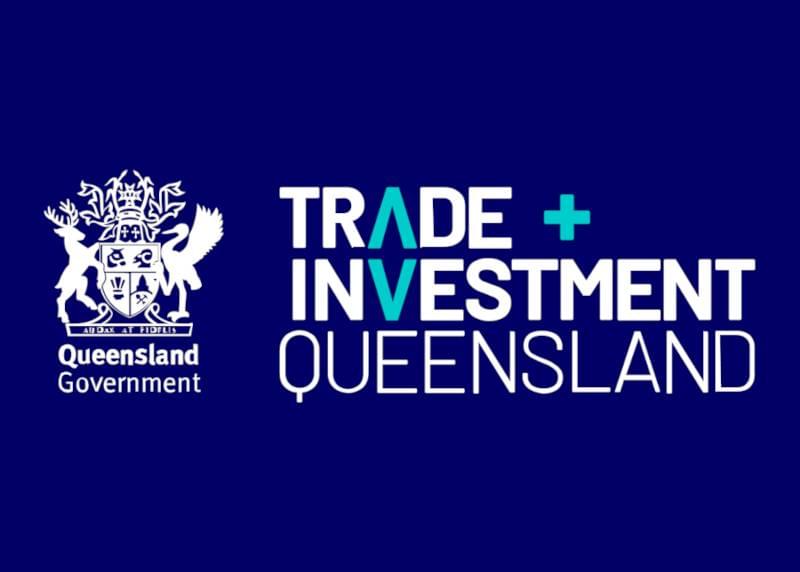In the past 20 years, Sub-Saharan Africa has benefited from improved communication and globalisation, resulting in enhanced leadership and governance.
According to the IMF, the rate of economic growth in Sub-Saharan Africa in 2024 and 2025 is set to eclipse the global economic growth rate.
On the flipside, the IMF also notes that the region continues to be more vulnerable to global shocks, particularly from weaker external demand and elevated geopolitical risks. Moreover, countries in sub-Saharan Africa face rising political instability and frequent climate shocks. The region faces a critical year with 18 national elections in 2024. Similarly, climate shocks are becoming more frequent and widespread, including droughts of unparalleled severity.
Sub-Saharan Africa’s long-term growth will be driven by a combination of mineral, oil and gas and land resources and its unique demography.
Queensland and Sub-Saharan Africa
The region offers significant long-term opportunities for Queensland agribusiness.
For example, the East African coastal food bowl has access to abundant supplies of fresh water, and, if overlaid on to Australia, would cover an area stretching from Townsville to Melbourne and Mount Isa to Adelaide.
Increasing international concerns over global food security are driving the development of African arable land and investment in agricultural infrastructure and associated industries, with significant investment from sovereign wealth funds via the Gulf Arab states.
Sub-Saharan Africa opportunities
- Mining and mining equipment, technology and services (METS)
- Agribusiness technology and services
- Vocational education
- Tertiary education
- Education and training
- Innovative technology
- Infrastructure and construction – particularly power, ports and rail
- Agricultural services
- Renewable energy
- Oil and gas equipment, technology and services
Talk to a market specialist
Our global network have the expertise, insights, and international connections to help you grow your exports and take your business further – faster.
Resources
- Austrade, Market Profile – Ethiopia
- Austrade, Market Profile – South Africa
- Austrade, Market Profile – Zambia
- Austrade, Market Profile – Tanzania
- Austrade, Market Profile – Kenya
- Austrade, Market Profile – Ghana
Market profiles
Explore more global markets we have expertise in...
Are you looking for...


